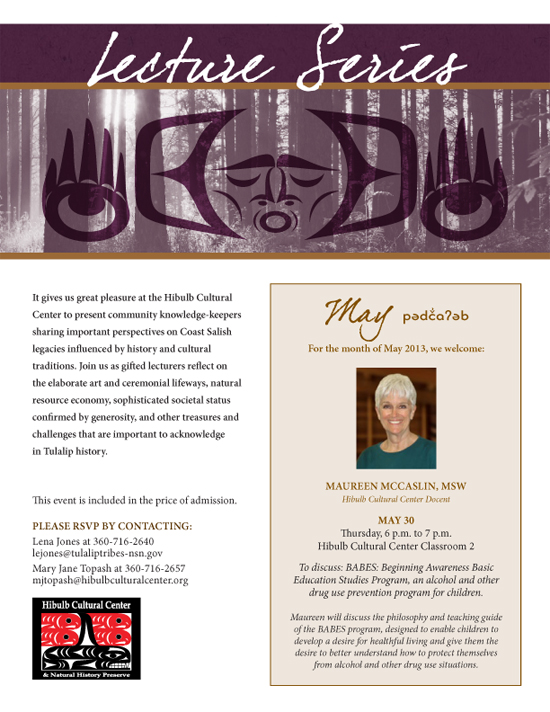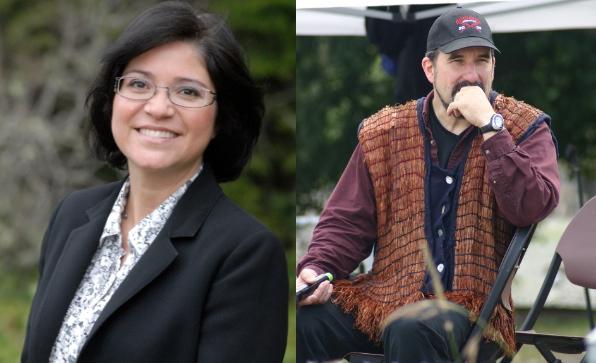By Noah Haglund, The Herald
EVERETT — Developers got the go-ahead Wednesday to sell more than 100 acres of former industrial land along the Snohomish River, after a City Council majority endorsed the deal.
With the city’s OK, Polygon Northwest of Bellevue is on track to take over the Riverfront property by early July from San Diego developer OliverMcMillan.
Millions of dollars in taxpayer money have been invested in hopes of transforming the former industrial wastelands off I-5 into a dynamic retail zone buffered by new neighborhoods.
The deal comes with plenty of strings attached — for the city and developer alike. The council’s support of three documents was necessary to transfer rights and responsibilities from one owner to the next.
Wednesday’s council vote was 6-1 in support, despite the late discovery of an apparent conflict of interest involving a city consultant that council members called an unfortunate “black cloud.”
“I’m personally not worried about this in terms of the broader picture,” said Councilman Scott Bader, who expressed confidence in Polygon’s ability to do the work.
When the meeting concluded, Polygon’s principals said they were excited to begin and demonstrated as much by applying for grading permits. The company wants to break ground on single-family houses by next year.
The Riverfront area stretches from Lowell north to Pacific Avenue. The largest part is the former city landfill, which covers about 60 acres. South of the landfill property lies the 40-acre site of the former Simpson Paper Co. mill, to the north the 17-acre site of the former Eclipse Mill.
At total buildout, zoning there allows up to 1,400 homes plus nearly a million square feet of commercial space.
Under the city-developer agreements, Polygon must build at least 400,000 square feet of retail space on the former landfill site by mid 2017. By that same deadline, the builder also must construct small shops and at least at least 100 homes or hotel rooms.
Those benchmarks are intended to give the community its money’s worth for all of the public investment.
The city has shepherded along cleanup efforts at two former mill sites and the old city dump where the Everett Tire Fire broke out in 1984.
The city built the new 41st Street overpass and a roundabout at the south end of the property. It’s working on a new access road from the north.
At the old landfill, the city performed extensive work to stabilize the ground though a process called surcharging, city public works director Dave Davis said. The process involves layering on dirt to compress the refuse and underlying peat.
In 2008, OliverMcMillan paid Everett $8 million for the property. It was the culmination of a carefully structured deal meant to ensure an appropriate mix of businesses and neighborhoods.
After the recession hit, progress slowed.
OliverMcMillan did grade the southern portion of the property, Davis said. It also completed creek and wetland mitigation as well as engineering and planning work.
In the weeks leading up to Wednesday’s vote, city leaders received a series of assurances – from city staff, consultants and the Bellevue developer’s representatives — that Polygon is up to taking over.
A problem with one of those reports arose at this week’s council meeting. It involves a business relationship that Jim Reinhardsen of Seattle-based Heartland LLC has with Polygon.
Reinhardsen on May 15 gave a glowing presentation about Polygon to the City Council. As it turns out, Reinhardsen is assisting Polygon with a potential land purchase in another county.
“This transaction has no relationship to the Everett Riverfront transaction nor did it influence our conclusions with respect to Polygon’s fit for the Riverfront project,” Reinhardsen wrote in a letter to the city.
Everett had paid him $23,000 to assess Polygon’s reputation with cities, lenders and other business partners from its past developments, city finance director Debra Bryant said. Reinhardsen has performed $1.3 million in consulting work for Everett since 1997.
Councilwoman Brenda Stonecipher said Reinhardsen’s competing business connections would be unacceptable in any context.
“It’s flabbergasting that this would happen,” she said.
Stonecipher ended up the only vote opposed, saying she wanted more time for review.
“At this point, this is kind of like ‘Trust us, we’re going to do something really neat,'” she said. “That may very well be, but we don’t have very many details on that.”
Councilman Scott Murphy and other colleagues echoed Stonecipher’s disappointment with Reinhardsen, but said the overall evidence suggests Polygon is up to the job.
“From my point of view, I didn’t place much weight on his report because it was very general in nature and not very specific,” Murphy said.
The council also heard from an accountant who gave Polygon high marks for its financial capabilities.
While primarily a home builder, Polygon does have experience teaming up with commercial developers. The communities it has built dot Snohomish County, and can be found in Bothell, Lake Stevens and Mill Creek. The company also has worked throughout in King County, where one project, in Kent, also occupies a former landfill. Polygon also has been active in Oregon as well.
Under the new agreements, Polygon is to pay the city $350,000 for closing costs and other provisions. Also, Polygon will agree to build some improvements that were previously city obligations. They include some recreational trails that connect into the existing trail system, as well as picnic shelters and wetlands.
Transferring the work will save the city an estimated $875,000, said Tim Benedict, an attorney for the city.
As part of the deal, OliverMcMillan will certify that the Riverfront property’s sale price will not exceed what it’s already spent to buy, develop and improve the land.
Polygon is not disclosing the price.
“I think that this is a better deal for the city than the deal we had with OliverMcMillan,” Councilman Paul Roberts said. “I think the uncertainties are real, but I think we had the same kind of uncertainties with OliverMcMillan.”























